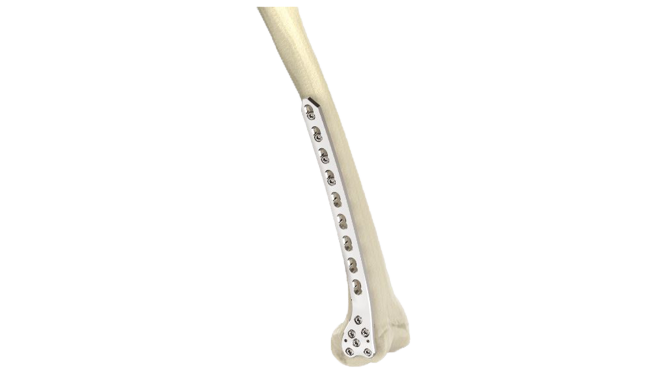Product
Features
Reduced Tissue Trauma - Minimally invasive spine pedicle screw systems are designed
to minimize tissue trauma during surgery. The system typically uses smaller incisions,
causing less disruption to muscles, ligaments, and surrounding tissues. This can lead to
reduced post-operative pain, faster recovery, and potentially fewer complications.
Screw Placement Versatility - These systems often
provide flexibility in screw placement. They may offer various screw types, lengths, and
angles to accommodate different patient anatomies and pathologies. This adaptability allows
surgeons to customize the procedure to meet the specific needs of each patient.
Screw Stability and Fixation - Minimally invasive
pedicle screw systems aim to achieve optimal stability and fixation. The screws are designed
to provide secure anchoring within the vertebrae, promoting spinal fusion and alignment.
Some systems may utilize additional features like locking mechanisms or expandable screws to
enhance stability.
Minimized Soft Tissue Damage - The design of these systems aims to minimize soft
tissue damage. Instruments used for implant placement often have specialized tips or access
points, allowing for atraumatic passage through the tissues. This approach helps to preserve
muscle and soft tissues surrounding the spine, which can contribute to faster recovery and
improved patient outcomes.
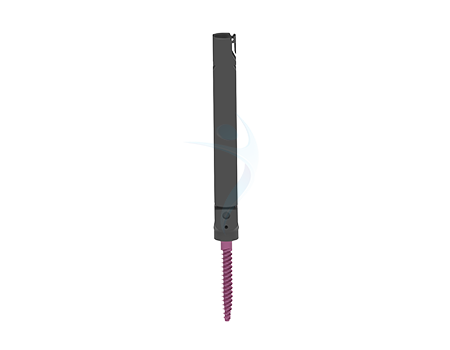
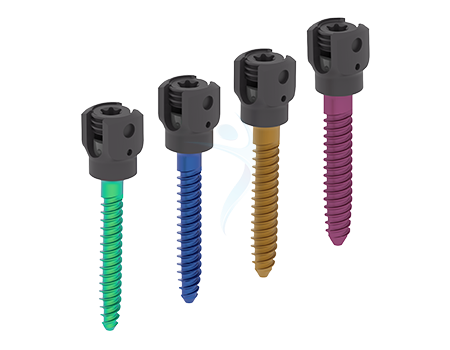

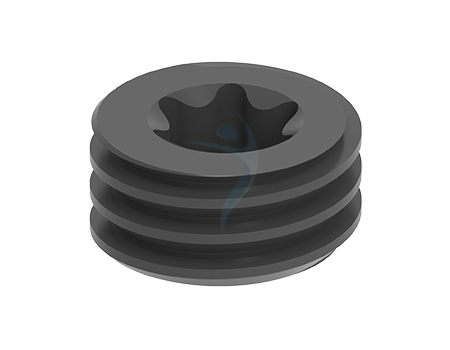

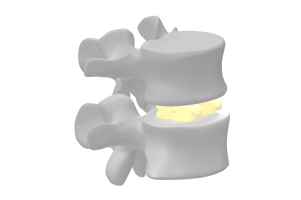
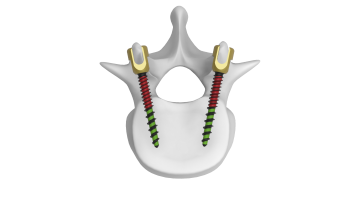
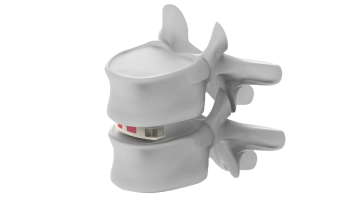
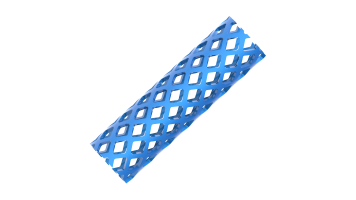



.png)

